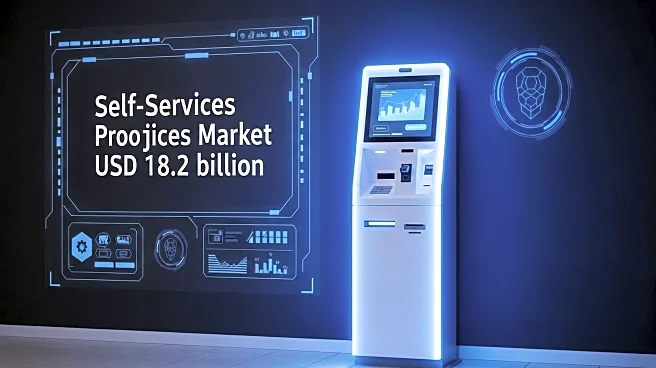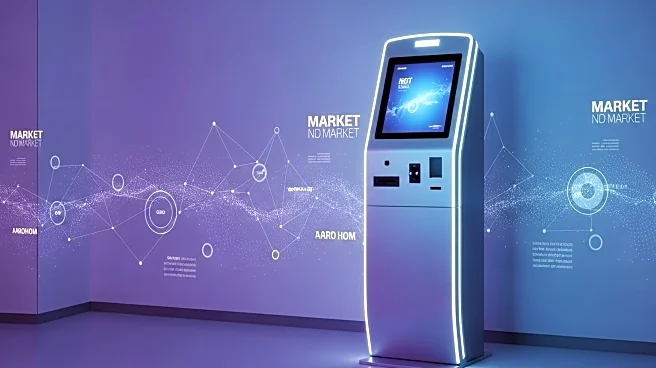What's Happening?
The Backoffice Workforce Management market is experiencing significant growth, with projections indicating it will reach USD 7.2 billion by 2031. This growth is driven by the increasing adoption of automation, AI, and analytics-driven tools that enhance decision-making and operational efficiency. The market is expanding across various industries, including automotive, healthcare, consumer electronics, telecom, and industrial manufacturing. Key players such as Verint Systems, NICE Systems, and Kronos Incorporated are leading the charge in providing solutions that optimize employee productivity, streamline operations, and reduce labor costs. The market is expected to grow at a compound annual growth rate (CAGR) of 8.5% from 2025 to 2031, with North America and Europe leading the way due to their advanced technological infrastructure.
Why It's Important?
The growth of the Backoffice Workforce Management market is crucial for businesses seeking to improve efficiency and reduce costs. As companies increasingly adopt digital transformation initiatives, scalable and integrated workforce solutions become essential. This market expansion supports enhanced employee engagement and operational efficiency, which are vital for maintaining competitiveness in a rapidly evolving business environment. The integration of advanced technologies such as AI and IoT in workforce management solutions also presents opportunities for innovation and improved performance across diverse sectors. Additionally, favorable government policies and infrastructure development are providing a strong foundation for market growth, particularly in emerging economies.
What's Next?
The Backoffice Workforce Management market is poised for continued expansion as organizations focus on digital transformation and workforce optimization. Companies are expected to invest heavily in research and development to create next-generation products that offer higher efficiency and scalability. Public-private partnerships and national transformation agendas, such as smart cities and Industry 4.0, will further drive market growth. As the market evolves, businesses will need to adapt to new technologies and regulatory frameworks to remain competitive. The Asia-Pacific region, in particular, is expected to see rapid adoption due to growing enterprise digitization and workforce optimization needs.
Beyond the Headlines
The expansion of the Backoffice Workforce Management market has deeper implications for global business practices. As companies integrate these solutions, they must navigate complex ethical and legal considerations related to employee privacy and data security. The rise of AI and automation in workforce management also raises questions about the future of work and the potential displacement of jobs. Organizations will need to balance technological advancements with human-centric approaches to ensure sustainable growth and employee satisfaction. Furthermore, the market's growth highlights the increasing importance of digital infrastructure and the need for robust cybersecurity measures to protect sensitive employee information.










